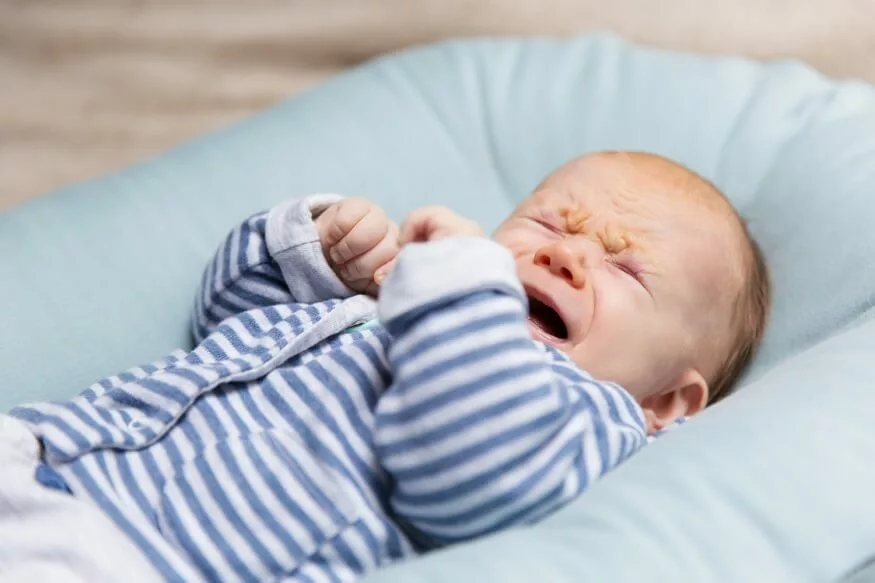Art for preschoolers, encompassing a variety of creative endeavours from drawing and painting to simple crafts, plays an essential role in early childhood development. Engaging in art activities provides numerous benefits, nurturing their growing minds and bodies. This article will explore the importance of art for preschoolers, highlighting how arts and crafts activities aid their development.
The Importance of Art in Early Childhood
Here are the importance of art in early childhood:
- Fostering Creativity and Imagination: Art activities for preschoolers are fundamental in stimulating creativity and imagination. When children are allowed to express themselves through art, they develop a sense of innovation that is crucial in their cognitive development.
- Enhancing Fine Motor Skills: Arts and crafts for preschoolers are excellent for developing fine motor skills. Activities like cutting, drawing, and moulding playdough require children to use their fingers and hands, thereby strengthening muscle control and coordination.
- Promoting Emotional Expression: The importance of art also lies in its ability to help children express their emotions. Art provides a safe and constructive outlet for expressing feelings that they might not yet have the words to articulate.
- Encouraging Problem-Solving Skills: When engaging in art, preschoolers learn to make decisions and solve problems. Whether it’s choosing what colour to use or figuring out how to prevent a structure from falling, they’re constantly solving problems creatively.
Also Read: Interesting Kindergarten Science Activities Experiments
Benefits of Art For PreSchoolers
Art is not just about being creative; it’s also a valuable educational tool. It introduces preschoolers to concepts like shapes, colours, and patterns. Through activities like counting beads or grouping colours, children inadvertently learn basic maths concepts, which are vital in their academic journey.
The Social Benefits of Art
Group art activities foster a sense of community and teamwork among preschoolers. Working on a collective project teaches them about collaboration, sharing, and respect for others’ ideas and spaces. This social development is crucial in the early years of schooling.
Art and Cultural Awareness
Art exposes children to various cultures and traditions. By engaging in arts and crafts that represent different cultures, children gain a broader perspective of the world, fostering an appreciation for diversity from a young age.
The Role of Parents and Educators in Art Education
The role of parents and educators is pivotal in encouraging art for preschoolers. They should provide children with a variety of materials and opportunities for creative expression. It’s essential to create an environment where children feel safe to experiment and make mistakes.
Art in the Digital Age
In today’s digital age, it’s important to balance screen time with traditional art activities. While digital tools offer innovative ways to create art, the tactile experience of handling materials like clay or paint is irreplaceable and crucial for sensory development.
Also Read: Classy Tin Can Craft Ideas for Kids
The Cognitive Impact of Art on Preschoolers
Engaging in art activities is not just a playful pastime; it has a profound cognitive impact on preschoolers. Art for preschoolers encourages critical thinking and decision-making skills. When children decide how to depict a scene or which materials to use, they are making complex decisions. This process enhances their cognitive abilities, laying a foundation for academic skills in reading, writing, and mathematics.
- Art and Language Development : Art activities also play a crucial role in language development. As preschoolers dеscrіbе thе air artwork, they learn new vocabulary and ways to express themselves. This aspect of art is especially beneficial for childrеn who are learning English as a sеcond languagе, as it providеs a non-vеrbal mеdium through which thеy can communicatе and lеarn.
- The Role of Sensory Play in Art: Sensory play is a crucial aspect of art activities for preschoolers. Activities that involve feeling textures, mixing colours, and shaping materials engage the senses and help in the development of sensory processing skills. This kind of play is not only enjoyable but also essential for brain development, helping children process sensory information more effectively.
- Environmental Awareness Through Art: Art can also be a medium to teach preschoolers about environmental awareness. Using recycled materials for crafts or natural elements like leaves and twigs in artwork helps children understand the importance of the environment and sustainability from a young age.
- Art and Inclusivity: Inclusive education is vital, and art is a universal language that transcends barriers. Children with different abilities find common ground through art, promoting an environment of inclusivity and understanding. This aspect of art is crucial for fostering empathy and social harmony among young learners.
The Psychological Benefits of Art
Art activitiеs arе not only about producing a final product; thеy arе also about thе procеss, which has significant psychological bеnеfits. The act of creating art can be therapeutic for childrеn, hеlping to alleviate strеss and promotе mental well-bеing. In a world where young children can face various stressors, having a creative outlet is invaluable.
Also Read: 10 Creative Bead Crafts for Kids
Art as a Foundation for Lifelong Learning
Art for preschoolers is not just a phase but a foundation for lifelong learning and appreciation for aesthetics. It instils in children a love for learning and exploration that extends beyond the classroom. By engaging in art from an early age, children develop a sense of curiosity and a willingness to explore new ideas. This attitude is vital in today’s rapidly changing world, where adaptability and creativity are key skills. It is important to recognise this, ensuring that their art programs not only cater to current interests but also inspire a lasting passion for creativity and innovation in their students. This approach prepares children not just for the next stage of their education but for a lifetime of creative thinking and learning.
Also Read: How playfulness develops and spurs a drive to learn
The benefits of art for preschoolers are vast, impacting their emotional, social, cognitive, and physical development. Arts and crafts for preschoolers are not just activities to pass time; they are crucial elements of a holistic education. From fostering creativity to enhancing fine motor skills and promoting emotional intelligence, the role of art in a child’s early years cannot be overstated. EuroSchool‘s approach to integrating art in early education serves as an excellent example of how schools can effectively incorporate these activities to benefit their young learners.










